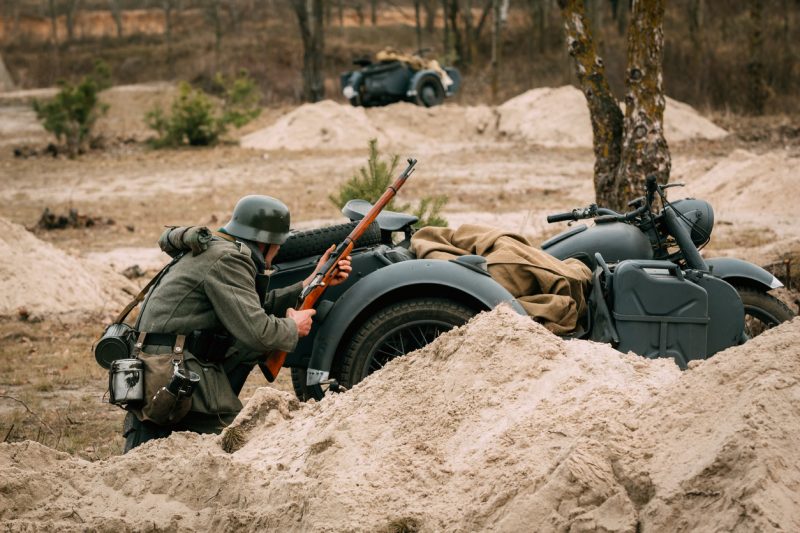The history of warfare is full of examples of soldiers who refused to capitulate and continued to offer armed resistance after their side surrendered. Most of these soldiers did not realize that the war was over, but there were also those who deliberately continued to fight after the declaration of peace. Below are six stories about people who carried out the order not to surrender in spite of defeat.
Hiroo Onoda: The Last Mikado Soldier
Hiroo Onoda fought against the Allied forces on Lubang Island during the Second World War as an Imperial Japanese Army intelligence officer. Before being sent to Lubang, Onoda received an order from his commander, Lieutenant General Shizuo Yokoyama, which stated that he must not surrender under any circumstances.
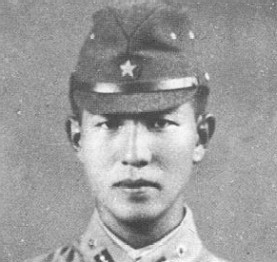
Upon arriving on the island, Onoda suggested that the command prepare for a long defense, but his proposal was ignored. In 1945, Allied forces easily captured Lubang, and the young intelligence officer and three other soldiers were forced to flee into the mountains.
In the jungle, Onoda established a base and, together with his subordinates, began to conduct a partisan war in the rear of the enemy, eventually killing about 30 Filipinos. One of Onoda’s comrades surrendered to the Filipinos in 1950, and by 1972 the two others had been killed.
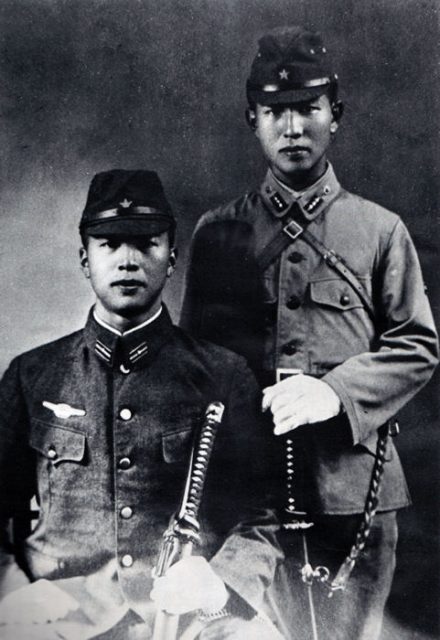
Left alone, Onoda refused to capitulate and continued to hide from the patrols of the Philippine army and police. The Japanese government repeatedly sent search teams to find him. In addition, leaflets were dropped over the jungle, stating that the war was over, but Onoda considered this a deception.
For almost thirty years after the end of the war, he continued to carry out the order not to surrender. At the request of the Japanese government, Onoda’s former commander went to the island and ordered him to cease hostilities. On March 10, 1974, the 51-year-old Onoda surrendered to Filipino troops.
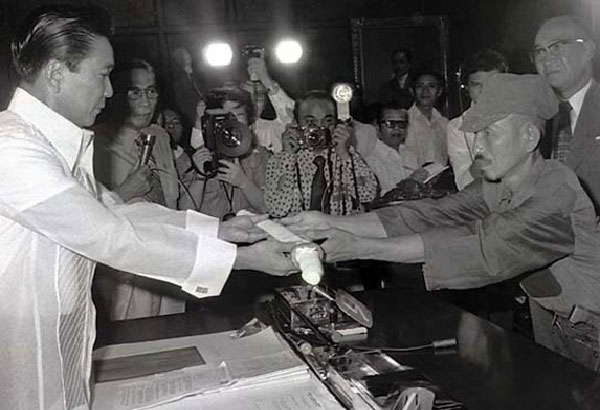
According to Philippine law, Onoda faced the death penalty for looting, assaulting the police, and murder during the years 1945-1974. However, thanks to the intervention of Japan’s Ministry of Foreign Affairs, he was pardoned. High-ranking officials of both countries attended the ceremony of his surrender. On March 12, 1974, Onoda returned to his homeland.
Onoda was not the only Japanese who did not want to capitulate after the end of the war. Another soldier, Teruo Nakamuraa, continued to wage war on Morotai Island in Indonesia until 1974.
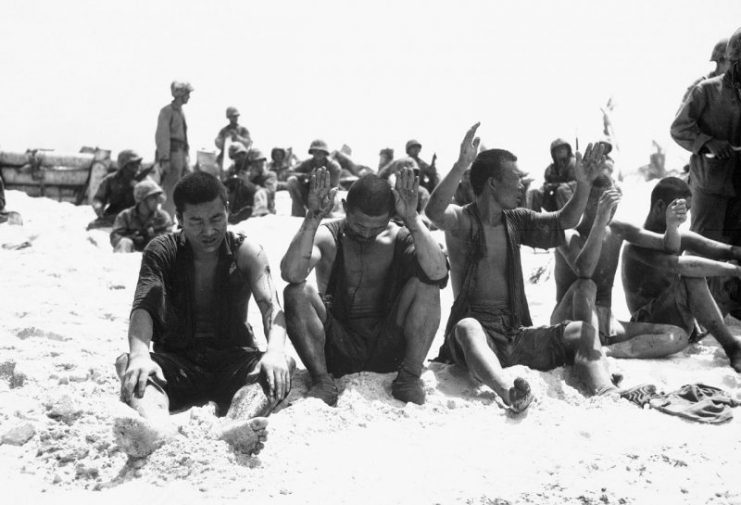
Hermann Detzner
Hermann Detzner was a German land surveyor who in January 1914 was sent to modern-day Papua New Guinea, which at the time was partly under German control. He had the task of exploring and mapping the thick jungles. The research group was in the jungle when World War I began.
Detzner refused to surrender to the Australian troops who captured New Guinea. He retreated into the jungle with a small detachment of German officers and natives.
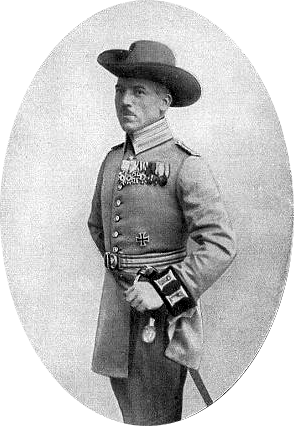
With the support of Lutheran missionaries who gave him food and supplies, Detzner and his team spent four years in the jungle, moving with a raised imperial German flag. During this time, he attempted to penetrate the occupied part of New Guinea. During his years of wandering, Detzner was able to explore areas that had been previously unknown to Europeans.
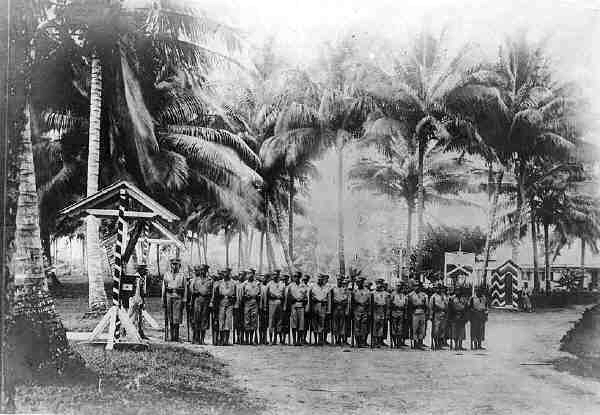
In January 1919, he learned that the war was over, and therefore came out of the jungle in full dress, with a raised imperial flag, and surrendered to the Australians. At home, he was greeted as a hero. Detzner described his adventures in a book that was later discredited as a fictional story.
Siege of Baler: The Last Soldiers of the Empire
On June 2, 1899, one of the most unusual sieges in military history was completed. For eleven months, a small group of Spanish soldiers, despite starvation, disease, and wounds, held up defenses in the church of Baler in the Philippines, after the rest of their army had been defeated.
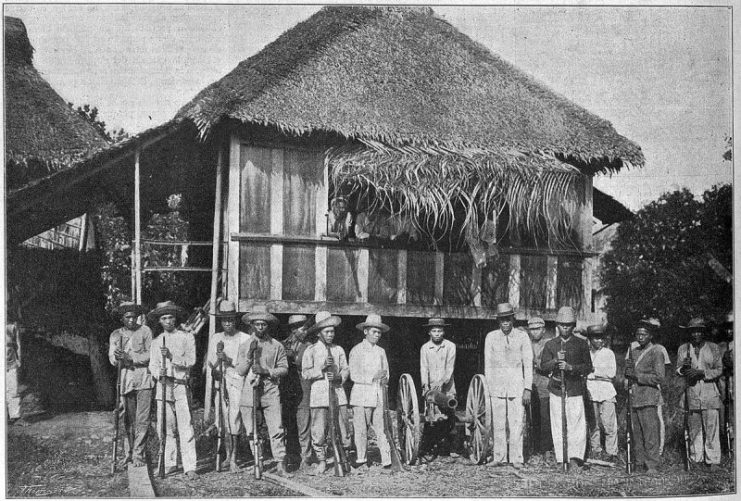
Stubbornly resisting the superior forces of 800 Filipino insurgents, 57 Spanish infantrymen took refuge in the stone church. Despite diseases and hunger, the Spaniards steadfastly held out until the official end of hostilities.
The Filipinos then repeatedly attempted to convince the Spanish soldiers that the war was over. However, the Spaniards refused to accept the information, taking it for a lie. One day, a Spanish officer, reading “fake” newspapers, saw a note that led him to realize that the war was indeed over. He realized that the newspapers were genuine and Spain had long since lost the war.
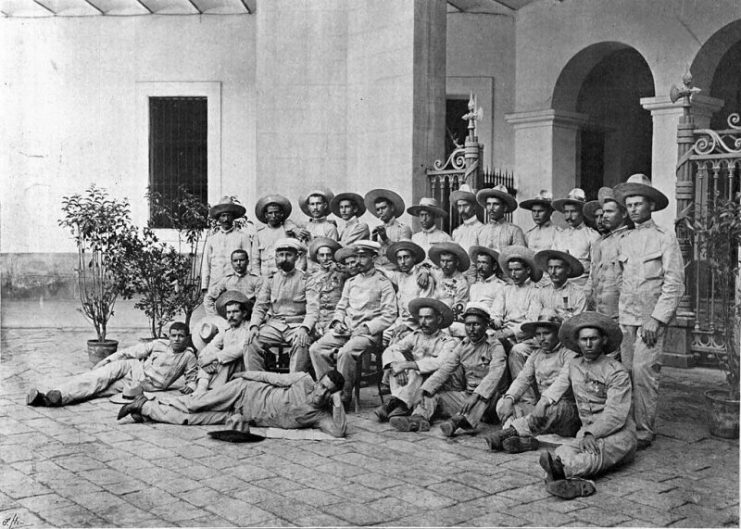
On June 2, 1899, 337 days of siege ended. During this time, fifteen people died from diseases, two from wounds, two were shot, and six deserted. According to the terms of the surrender, all Spaniards laid down their arms, but were not taken prisoner. They were sent home, where they were greeted as heroes.
Operation Haudegen: Last Garrison
Operation Haudegen took place during the Second World War and consisted of installing meteorological stations on Svalbard in Norway. The participants in the operation would become the last Nazis to surrender after the Second World War ended.
In September 1944, a crew of eleven people went to Svalbard Island to collect data on weather conditions. In May 1945, they received a message that the war was over, but after that their connection with the German command was lost.
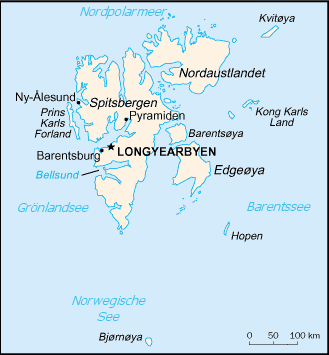
The men spent the next four months in freezing temperatures, strong winds, and under threat of a polar bear attack. In September 1945, the Norwegians heard one of their distress signals and sent a seal-hunting boat to the island.
The German meteorologists did not provide armed resistance. They became the last German soldiers who capitulated after the end of the WWII. The Germans were glad that they were rescued from their icy captivity.
Joseph O. Shelby – American Civil War
Recognized for his leadership skills and resilience, Joseph O. Shelby stubbornly resisted the forces of the Union, leading his unit to be called the “Iron Brigade.” In 1863, he was promoted to brigadier general of the army of the Confederate States. Toward the end of the conflict, the Shelby Brigade was able to inflict millions of dollars in damage to the material assets of the Union.
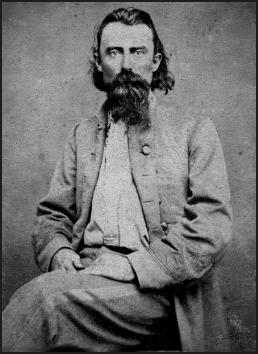
After the collapse of the Confederacy, Shelby and about 600 soldiers traveled south to Mexico, choosing “exile over surrender.” After traveling across the desert, they offered their services to Austro-Hungarian Maximilian I, who was appointed emperor of Mexico in 1864.
The emperor objected to the inclusion of Rebel soldiers in his army, but he allowed Shelby to help found the Carlota Colony, a Confederate settlement outside Veracruz, Mexico. After the overthrow of Emperor Maximilian, the colony collapsed, and in 1867 most of its exiled Confederates returned to the United States and resumed civilian life.
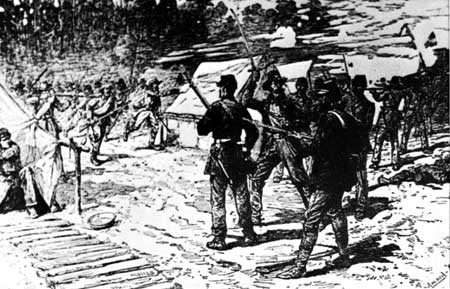
Shelby later expressed regret over his past actions, saying, “I was in Kansas at the head of an armed force. I was there to kill Free-state men. I did kill them. I am now ashamed of myself for having done so. I had no business there. No Missourian had any business there with arms in his hands.”
CSS Shenandoah and James Waddell – American Civil War
The CSS Shenandoah was a Confederate raider acquired from the British and commissioned in 1864. The main task of the vessel was to “seek out and utterly destroy” the Union’s commerce ships on the high seas. Under Captain James Waddell, Shenandoah sailed halfway around the world and entered the Pacific Ocean.
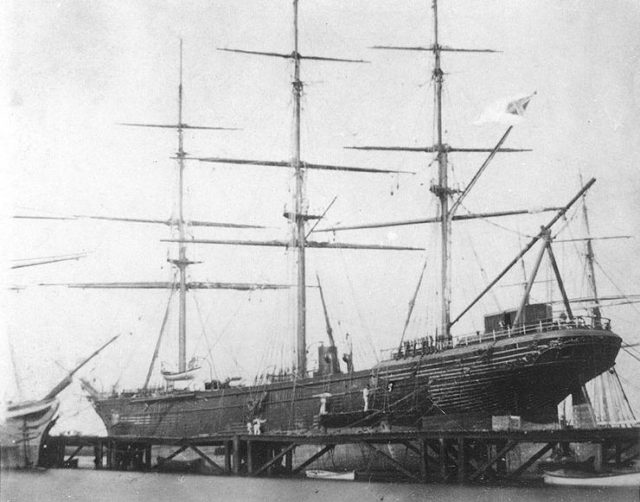
In the summer of 1865, the ship caused damage to the American whaling fleet while on its way to the north of the Bering Sea. Shenandoah was able to burn 32 ships, capture 6 ships, and take more than 1,000 prisoners. However, Waddell had not learned of the collapse of the Confederacy, and almost all the raids were made after that.
On August 2, 1865, Captain Waddell learned that the war was already over. He realized that he and his crew would be convicted of their crimes as pirates if apprehended by the U.S. Navy. In order to avoid arrest, he rounded the southern part of South America and headed for England. Thus, Shenandoah became the only Confederate vessel that made a voyage around the world.
On November 6, 1865, almost seven months after the surrender of Robert E. Lee, Waddell and his men surrendered to the British.
